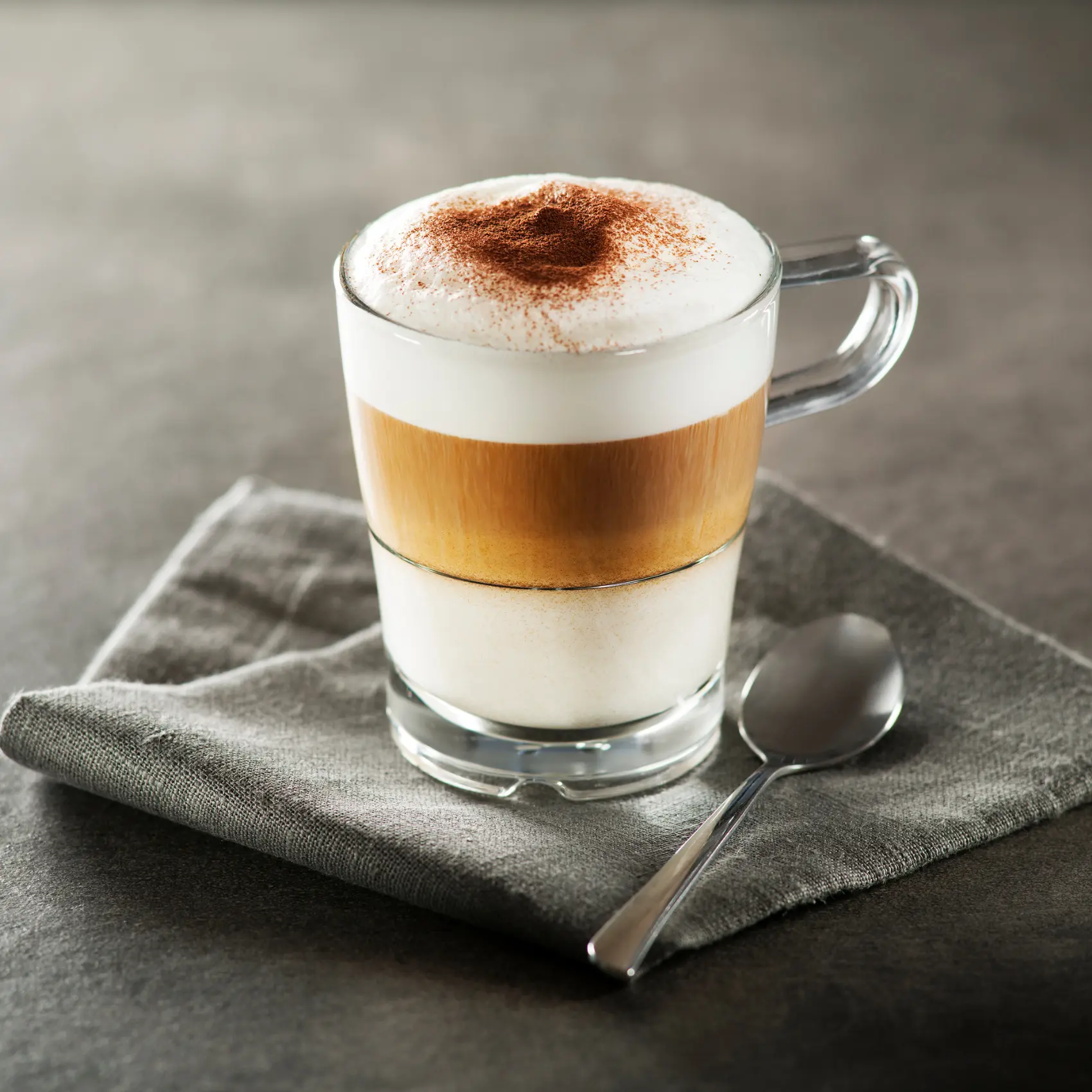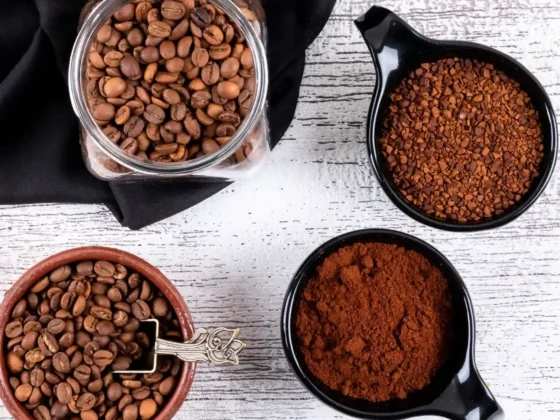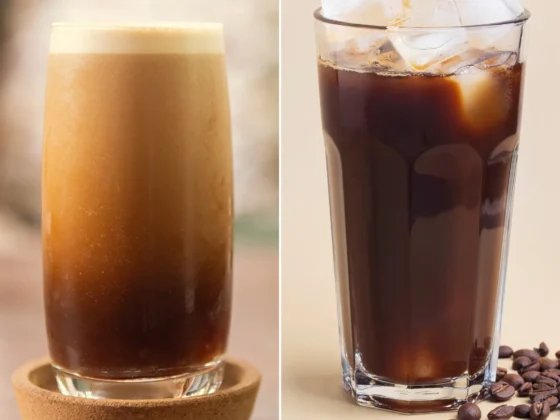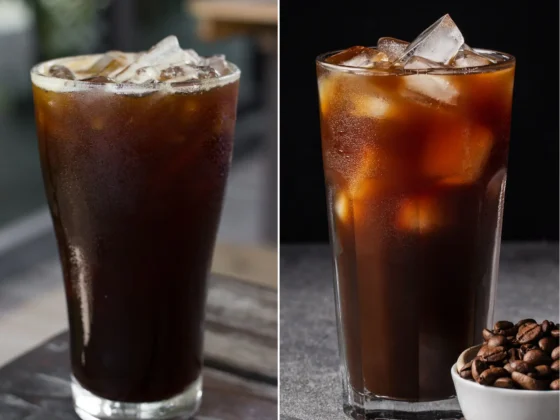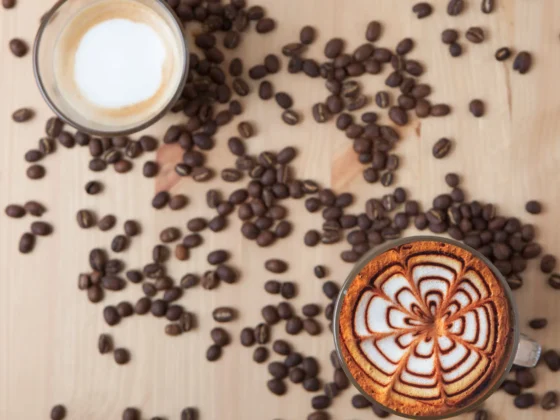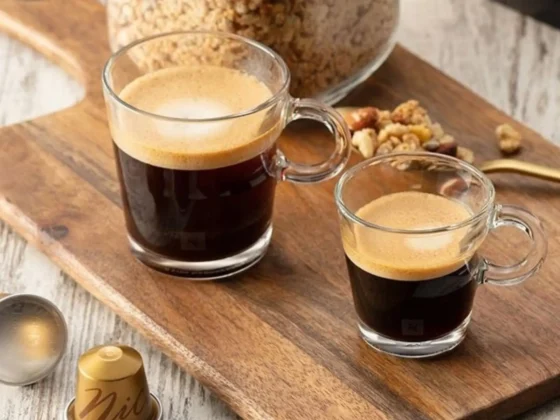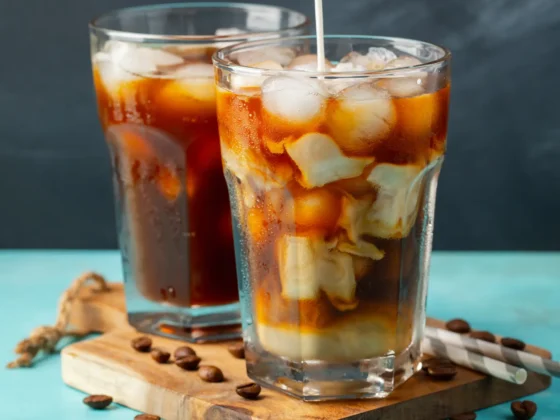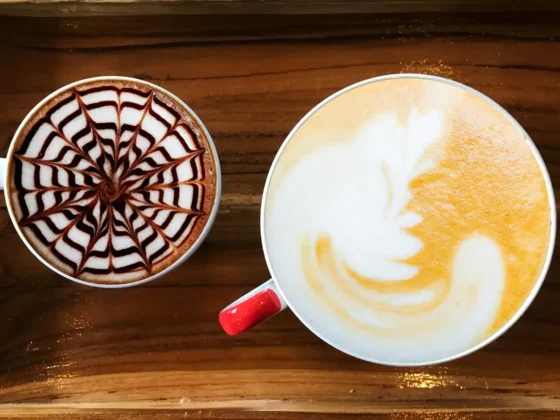One question frequently arises among coffee specialists and casual consumers alike in the large field of coffee: do you mix a macchiato? This question digs not just into personal preference, but also into the art and tradition of making the ideal macchiato. This concoction, known for its different layers of rich espresso and delicate milk, is a tribute to the nuanced balance of tastes that can be created in a coffee beverage. This article will delve into the complexities of this well-known coffee drink, giving light on its traditional origins, variants, and the painstaking method required in its preparation. Understanding the macchiato is a trip through the core of coffee culture and artistry, whether you are a seasoned barista or an inquisitive coffee enthusiast.
Are you Supposed to Mix a Macchiato?
The question of whether to mix a macchiato is a subject of personal preference and an understanding of what is a macchiato in the coffee domain. This coffee drink, traditionally, is an espresso with a small amount of milk, usually foamed, to slightly “stain” the espresso. (1) This Italian coffee staple is known for its layered presentation. The debate around whether are you supposed to mix a macchiato arises from the contrast between traditional serving methods and individual taste preferences.
Mixing vs. Layering: Pros and Cons
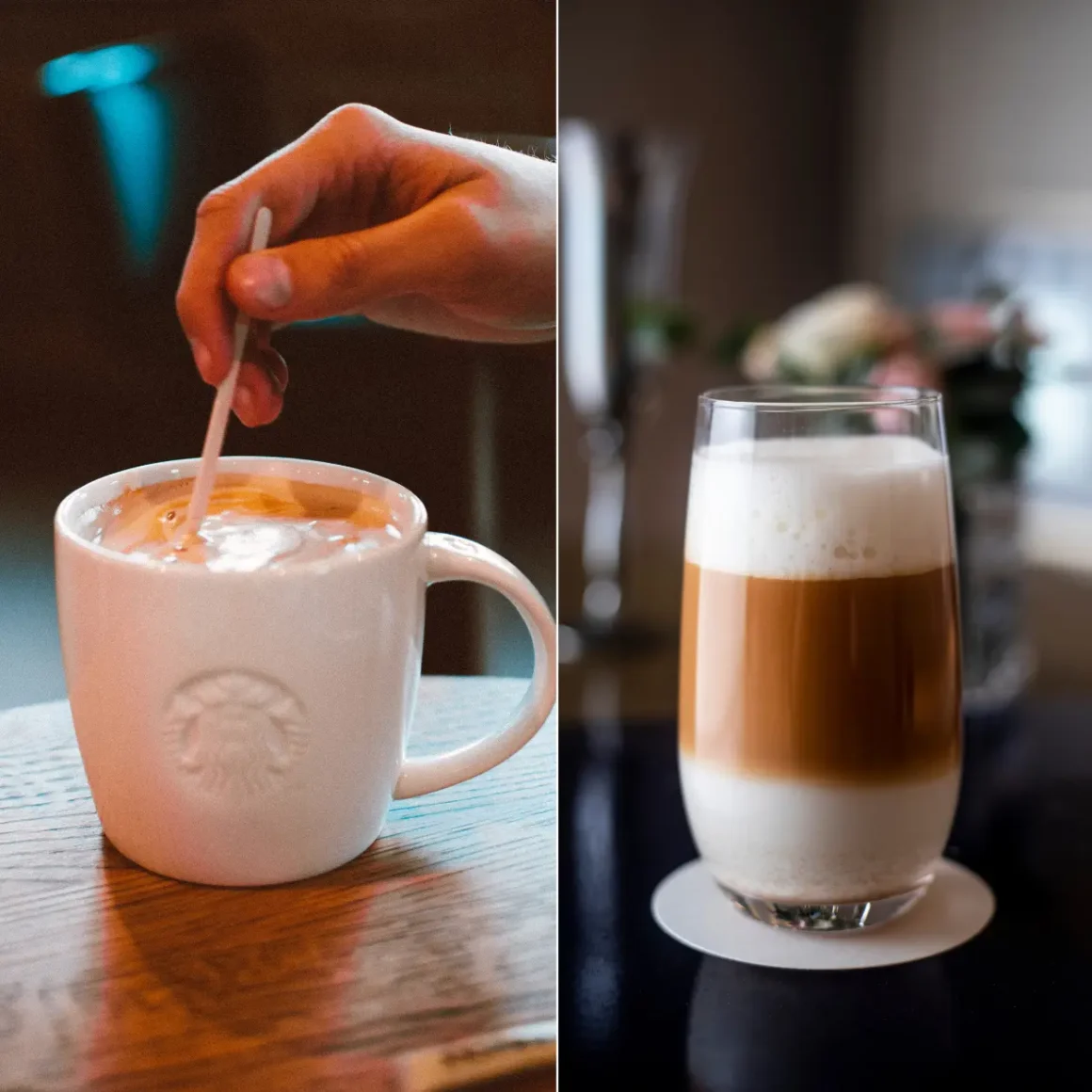
Learning the pros and cons of mixing vs layering in this cup of joe will help you understand how each method affects the flavor and appearance of the coffee.
- Mixing: When you mix this beverage, you combine the espresso and milk, resulting in a more uniform flavor. This method can soften the intense taste of the espresso, making it more palatable for those who prefer a milder coffee experience. However, mixing can diminish this traditional drink’s distinct, contrasting flavors.
- Layering: Keeping this beverage layered preserves the traditional presentation and allows the drinker to experience the intense espresso flavor first, followed by the creamy texture of the milk. This method is often preferred by purists who appreciate the original Italian way of serving this cup of joe. The downside is that it may be too strong for some, as the espresso remains concentrated at the bottom.
How to Mix a Macchiato (If You Choose To)

Knowing how to properly mix a macchiato can significantly alter the beverage’s flavor profile to suit individual preferences.
- Gentle Stirring: Use a spoon to lightly blend the espresso and milk.
- Stir Gradually: Slow stirring allows for better control over the degree of mixing, letting you adjust to your taste.
- Taste and Adjust: After a few stirs, taste the coffee drink and decide if more stirring is needed based on your preference.
The Aesthetics of Layered Macchiatos
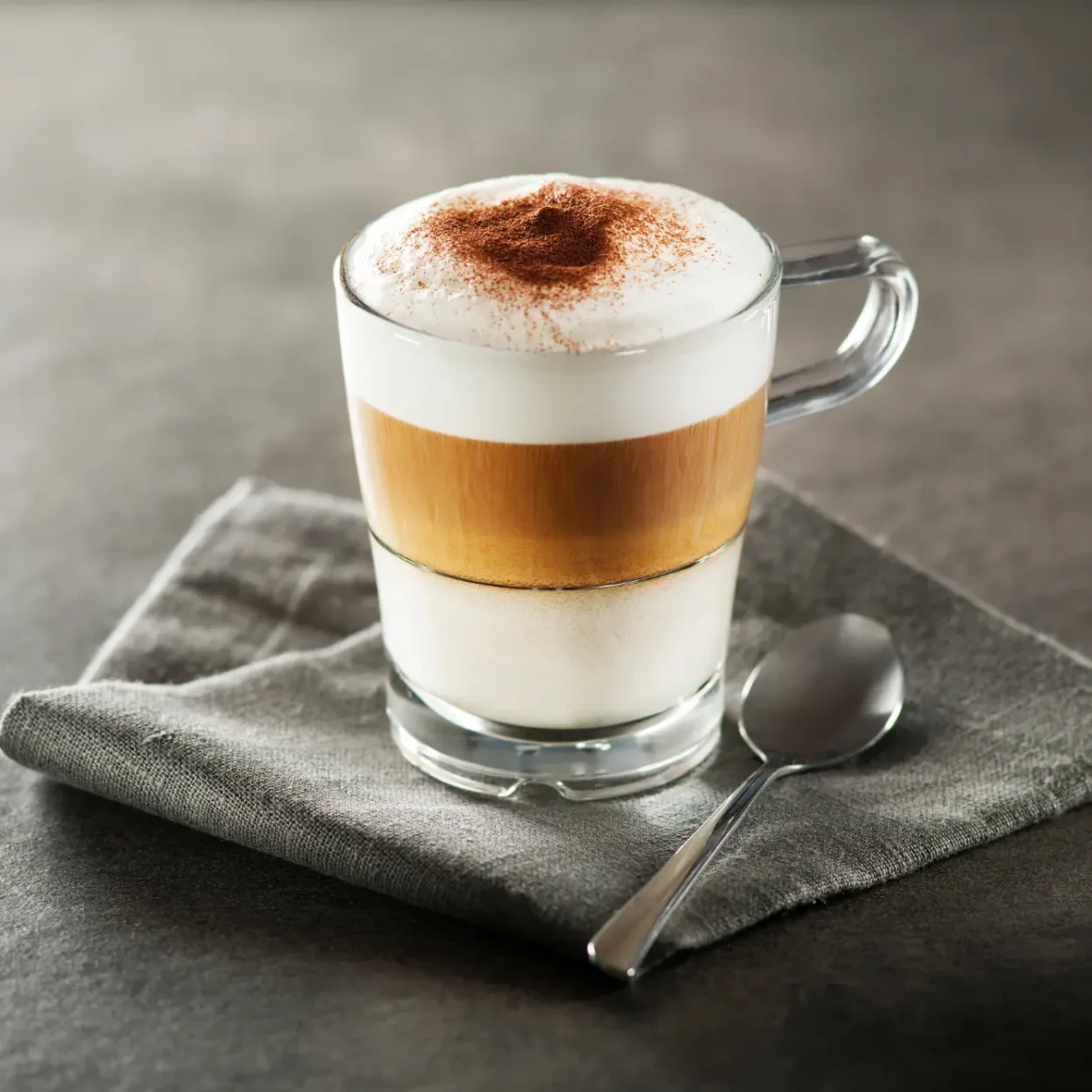
The aesthetic appeal of layered macchiatos is an important aspect of their enjoyment, offering both visual beauty and a layered flavor experience.
- Visual Contrast: The clear separation between the dark espresso and the light-colored milk creates an appealing visual effect.
- Barista’s Touch: Many coffee shops serve layered versions of this beverage with artistic flair, adding an element of craftsmanship.
- Layered Flavor Journey: Enjoying a cup of this delightful coffee drink without mixing allows for an appreciation of the transitioning flavors, from the intense espresso to the smooth milk.
Overall, the decision to mix or not to mix a macchiato depends on one’s taste preferences and appreciation for the traditional aspects of this popular coffee drink. So, do you mix a macchiato? Whether mixed or layered, each method offers a unique coffee experience.
Mastering the Macchiato: Barista Tips and Tricks

Making the perfect macchiato, an espresso coffee classic, requires accuracy and imagination. This iconic drink is often the subject of questions like do you mix a macchiato? or how to make a macchiato? requires a barista to harmonize the bold flavors of espresso with the subtlety of milk. Here are some expert tips and techniques to elevate your skills in making this delectable cup of joe.
Techniques for Pouring Perfect Layers
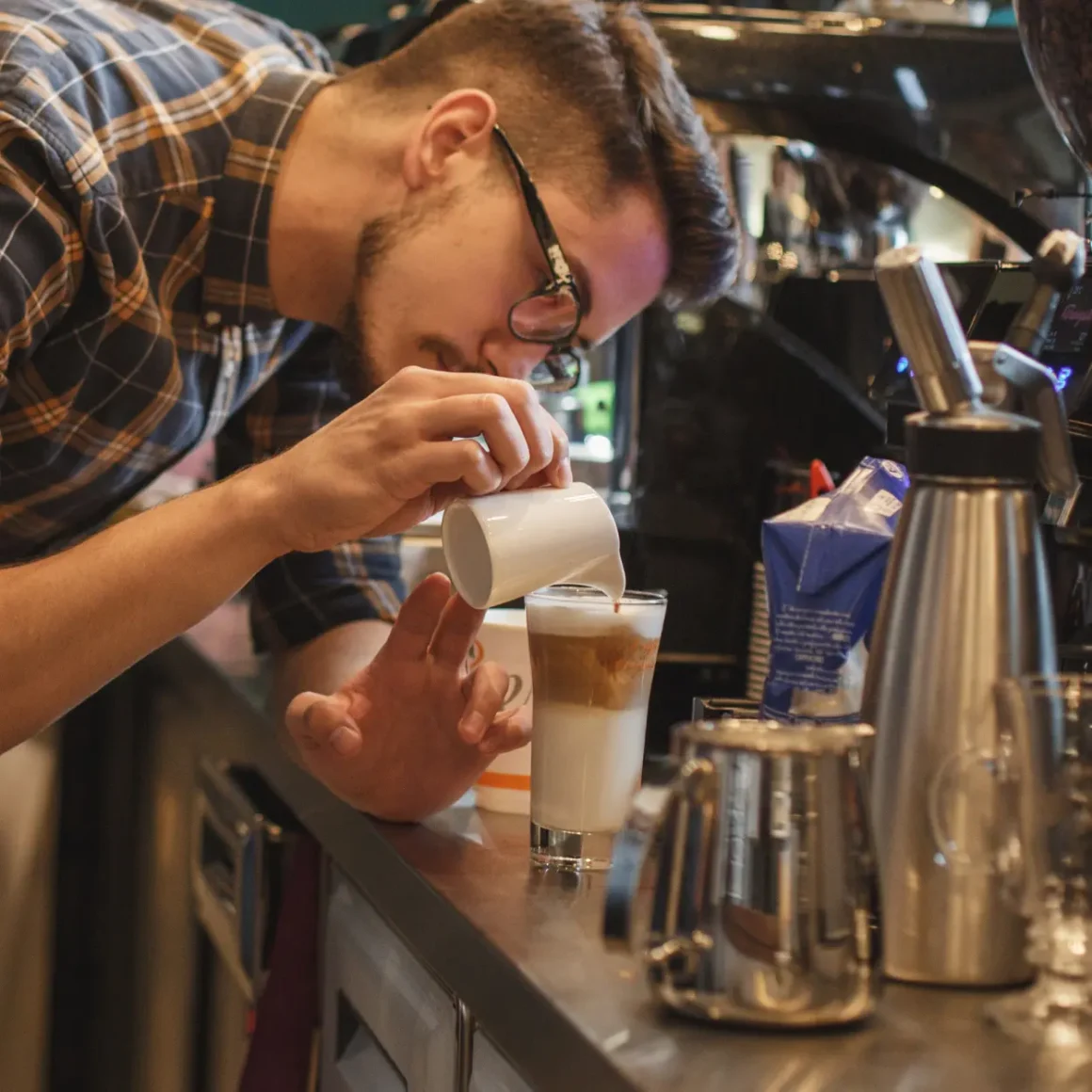
Mastering the art of pouring is essential in creating the visually stunning layers of this beverage. This skill is a cornerstone in differentiating a macchiato from other espresso coffee drinks.
- Temperature Control: Ensure your milk is steamed to the right temperature. Too hot, and it will ruin the espresso; too cool, and it won’t form the right texture.
- Pouring Technique: Start by pouring milk slowly from a low height. This allows the milk to settle beneath the espresso, creating distinct layers.
- Milk Texture: Aim for silky, micro-foam milk. It should be velvety, not too frothy or too flat, to create the perfect contrast with the espresso.
Achieving the Ideal Espresso Shot
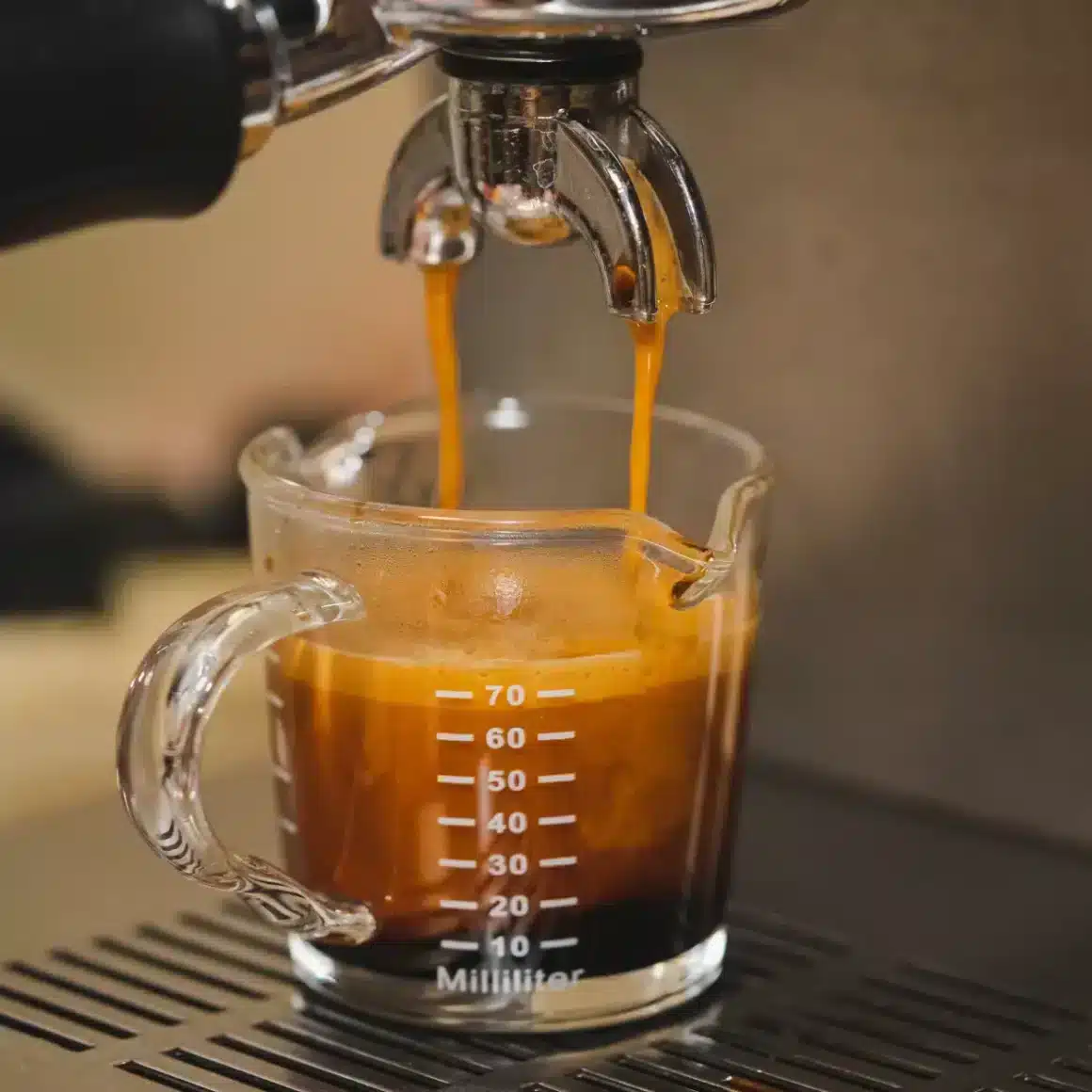
The foundation of a great cup of this beverage lies in the quality of its espresso shot, which sets the tone for the entire drink.
- Bean Quality: Use high-quality, freshly ground coffee beans. The bean’s roast and origin can significantly influence the flavor of your espresso. (2)
- Grind Consistency: Achieve a fine, consistent grind. The grind size is crucial for extracting the full flavor without over or under-extracting.
- Extraction Time: Time your shots carefully. Typically, an espresso shot should take about 25-30 seconds. This ensures a balanced flavor, not too bitter or weak.
Creating Artistic Garnishes
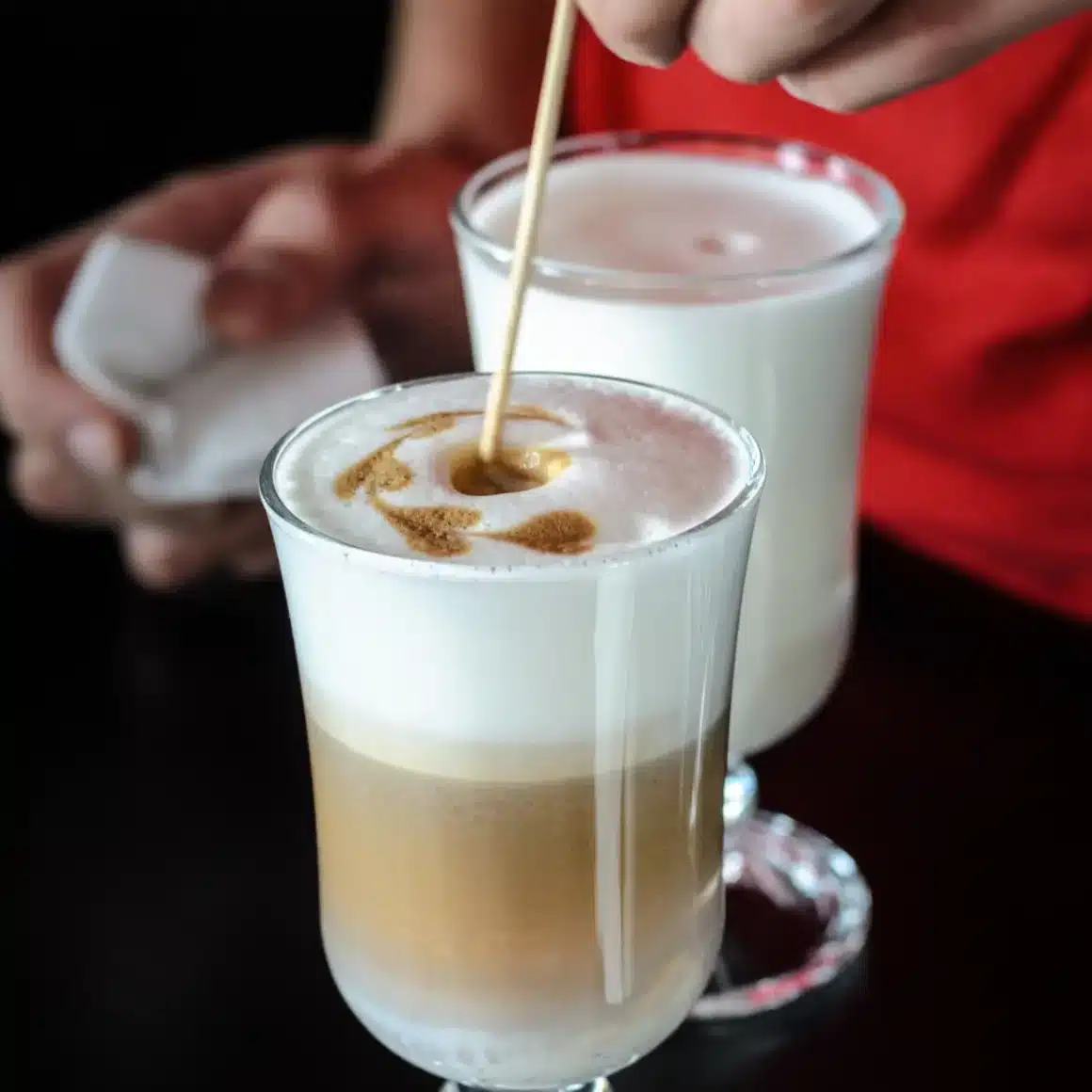
Adding artistic garnishes to this delightful beverage elevates it from a mere beverage to a visual and sensory delight.
- Steady Hand: Practice a steady pour when adding milk to create designs. This requires control and precision.
- Creativity: Start with simple designs like a heart or rosetta. As you gain confidence, experiment with more complex patterns.
- Contrast: Use the contrast between the dark espresso and the lighter milk to your advantage. The right balance can turn a simple drink into a work of art.
In summary, mastering this coffee drink is a blend of science and art. Whether addressing queries like Are you supposed to mix a macchiato? or exploring advanced techniques in latte art, the journey to perfecting this espresso coffee drink involves understanding the nuances of both its ingredients and preparation methods.
The Macchiato: A Brief Introduction
This cherished coffee classic provides a distinct experience that bridges the gap between the robust tastes of espresso and the mildness of milk-based beverages. This coffee beverage has changed over time, giving rise to several interpretations and styles.
Origins of the Macchiato

This lovely beverage, with its distinctive character and preparation style, has a rich history rooted in Italian coffee culture.
- Italian Roots: As previously discussed, the macchiato, or ‘caffè macchiato‘ in Italian, translates to ‘stained’ or ‘spotted coffee’. This name reflects the drink’s preparation – an espresso ‘stained’ with a dollop of milk.
- Evolution Over Time: Originally developed in Italy, this coffee beverage was a way for baristas to differentiate between plain espresso and espresso with a little milk added. It offered a stronger coffee flavor than other milk-based drinks but was milder than a straight espresso.
Variations of Macchiatos
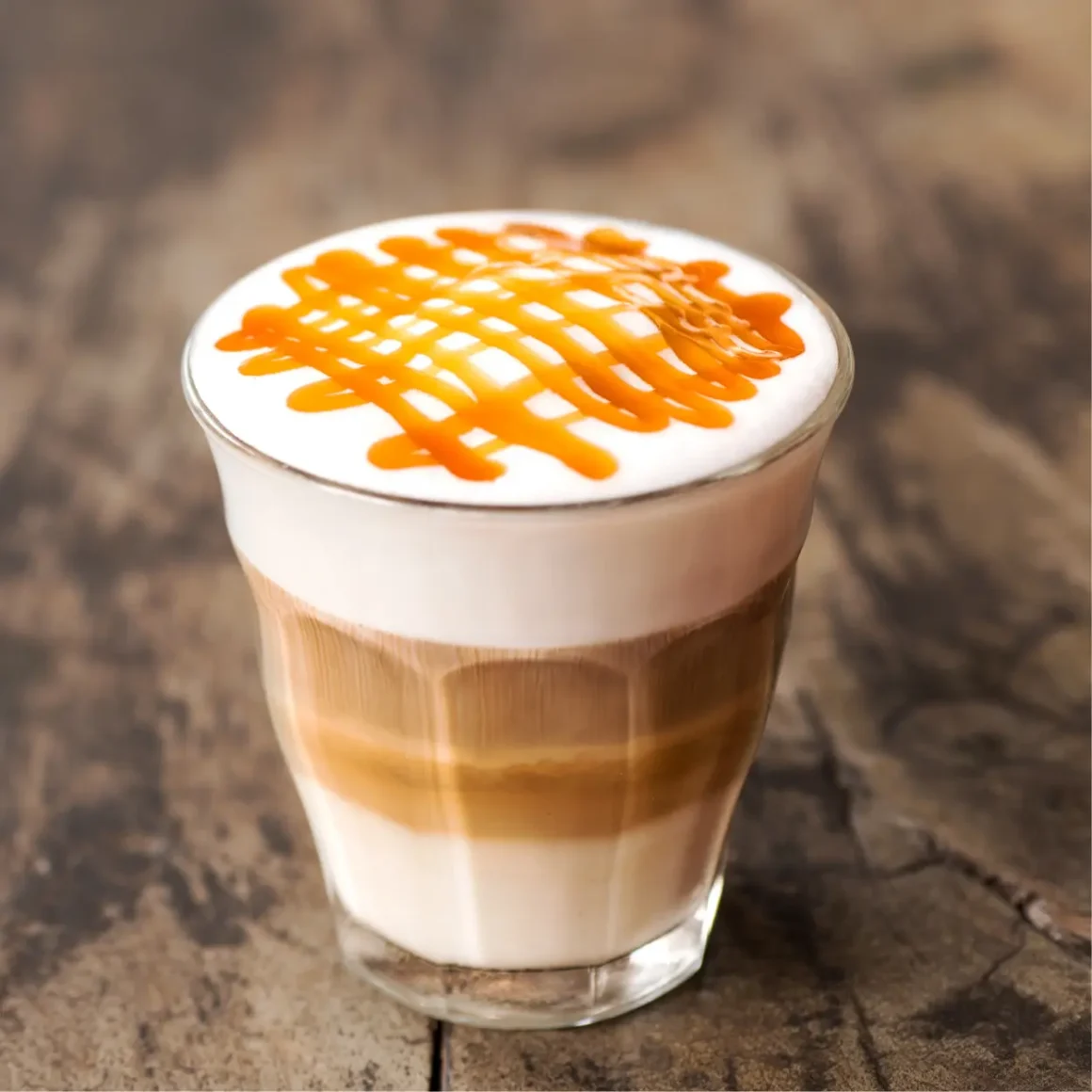
Over time, this coffee drink has evolved, giving rise to various interpretations that cater to different tastes and preferences.
- Latte Macchiato: In contrast to the traditional version, the latte macchiato starts with milk and is then ‘stained’ with espresso. This version is milkier and has a layered appearance, popular in many coffee shops worldwide.
- Caramel Macchiato: A more modern take, the caramel macchiato, usually includes vanilla syrup, steamed milk, and espresso, and is topped with caramel sauce. This sweet variant has gained popularity for its dessert-like qualities and visually appealing layers.
Ingredients for a Classic Macchiato
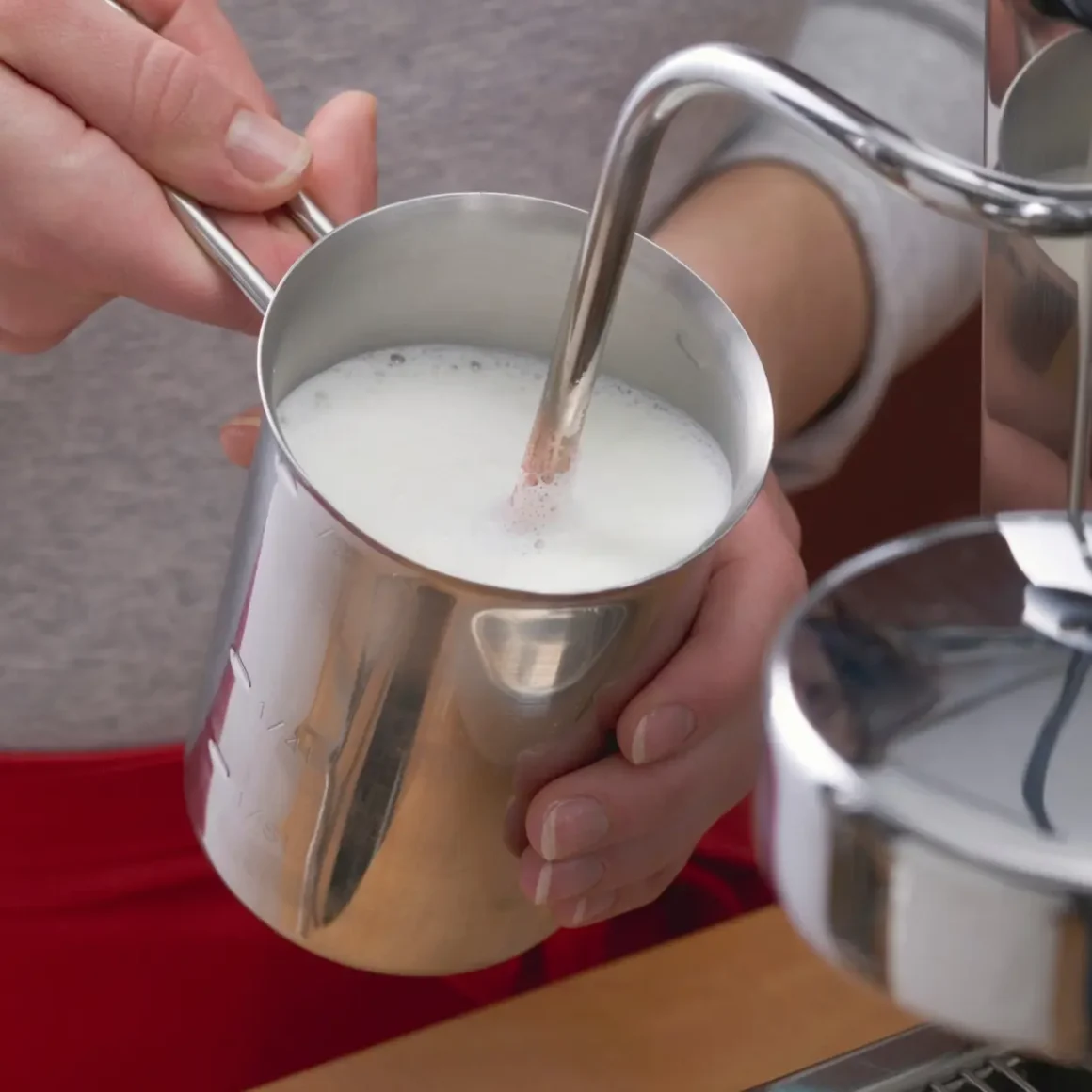
Understanding the components of a classic macchiato is essential to appreciate its balance and simplicity.
- Espresso: The heart of a classic cup of this beverage is a strong, high-quality espresso shot. This forms the base and dominant flavor of the drink.
- Milk: A small amount of steamed milk, often with a bit of foam, is added to the espresso. The milk ‘stains’ the espresso, softening its intense flavor without overwhelming it.
- Proportions: The key to a perfect classic macchiato lies in the proportion of espresso to milk. The goal is to achieve a balance where the espresso remains the star, with just enough milk to add a creamy texture and slightly milder taste.
To sum up, the macchiato, whether in its traditional form or as variations like the latte macchiato or caramel macchiato, offers a delightful experience that combines the robust flavors of espresso with the subtlety of milk. Each version provides a unique take on this classic coffee beverage, catering to a wide range of tastes and preferences.
FAQ
What are the common problems people face when making macchiatos?
The most frequent issues include not steaming the milk to the right consistency, resulting in either too much foam or not enough; difficulty in maintaining the distinct espresso and milk layers; and problems with extracting the espresso shot, such as under-extraction (weak flavor) or over-extraction (bitterness).
Are there any special tools needed for crafting the perfect macchiato?
Key tools for making a great macchiato include a reliable espresso machine with a quality steam wand for frothing milk, a grinder for fresh coffee beans to ensure a fine, consistent espresso grind, and a pitcher for milk frothing to assist in creating the right milk texture.
